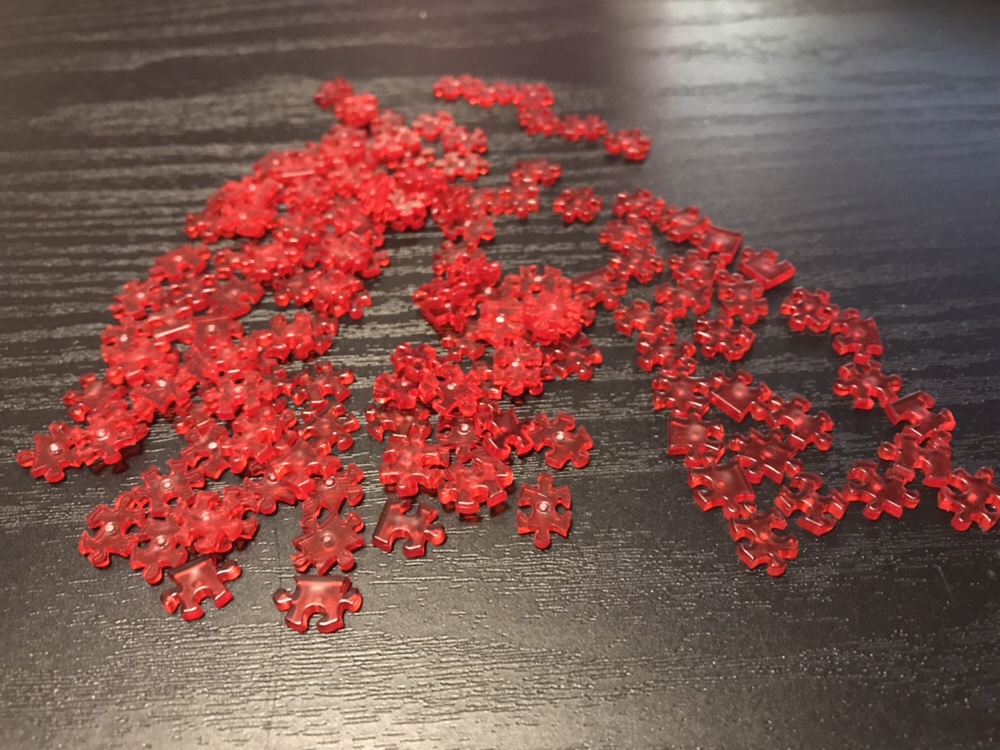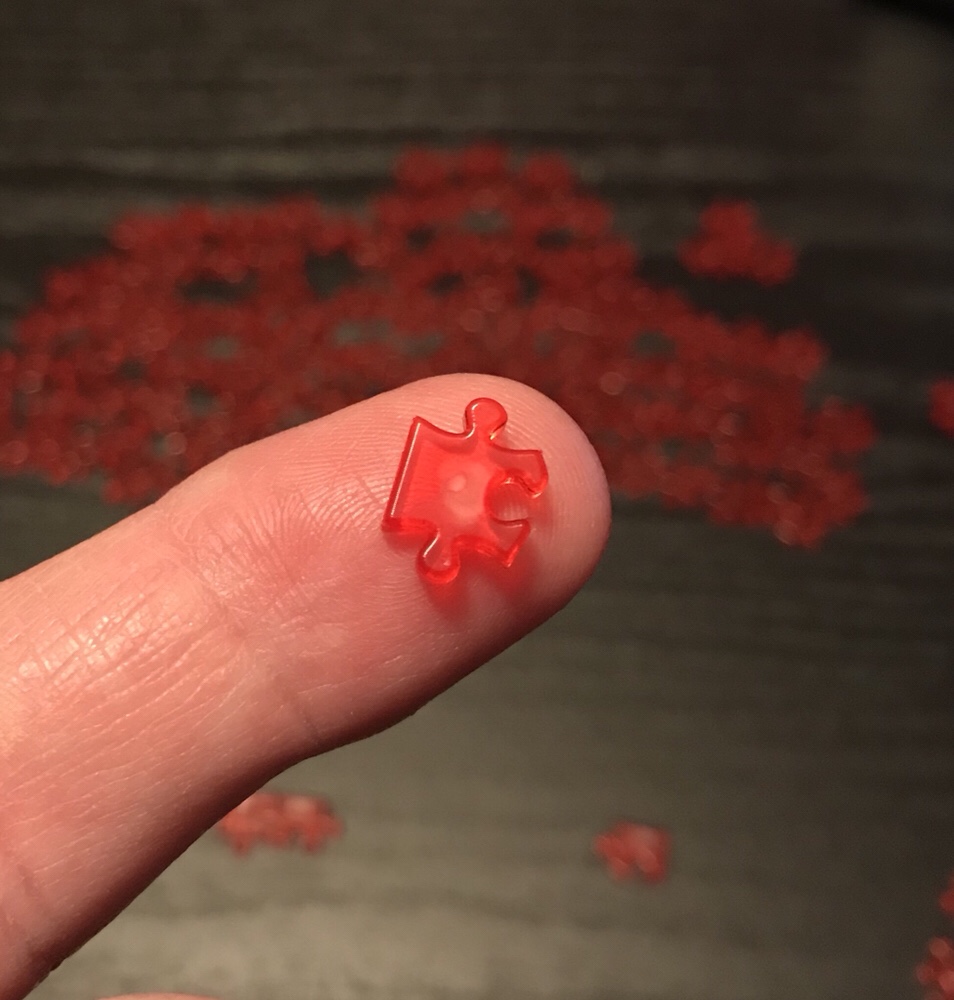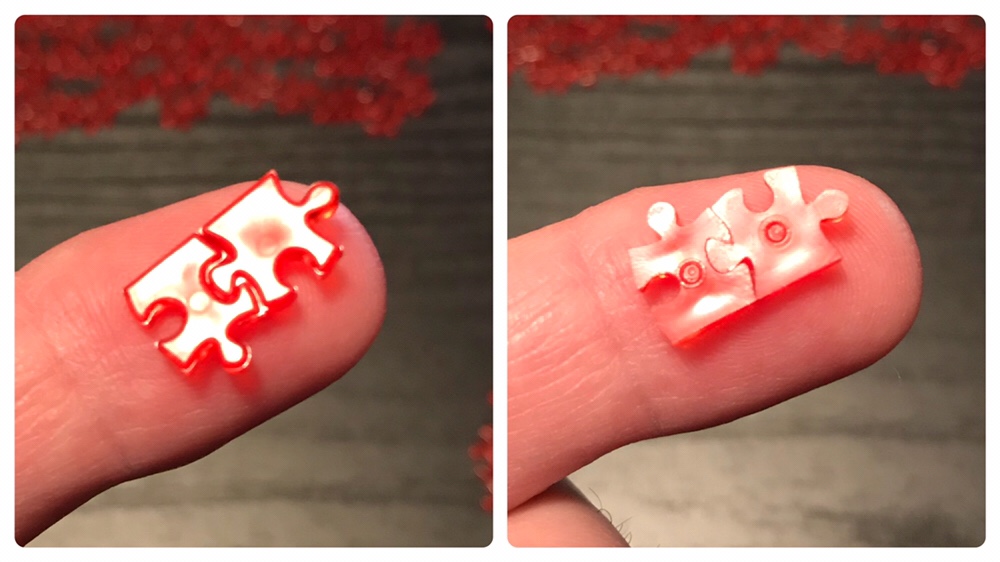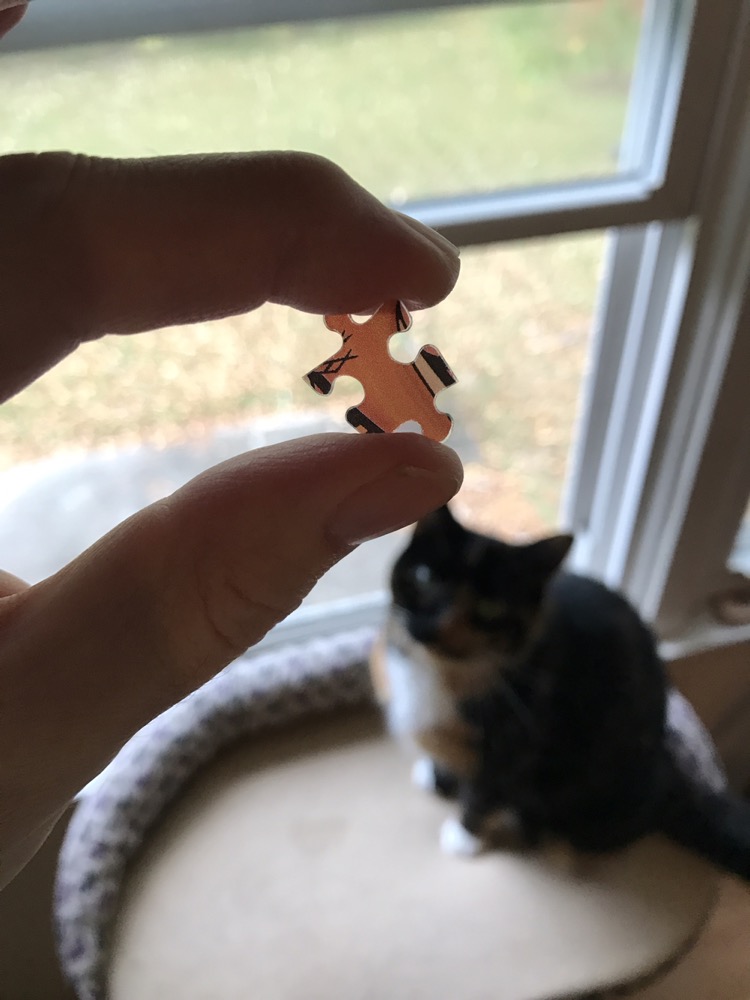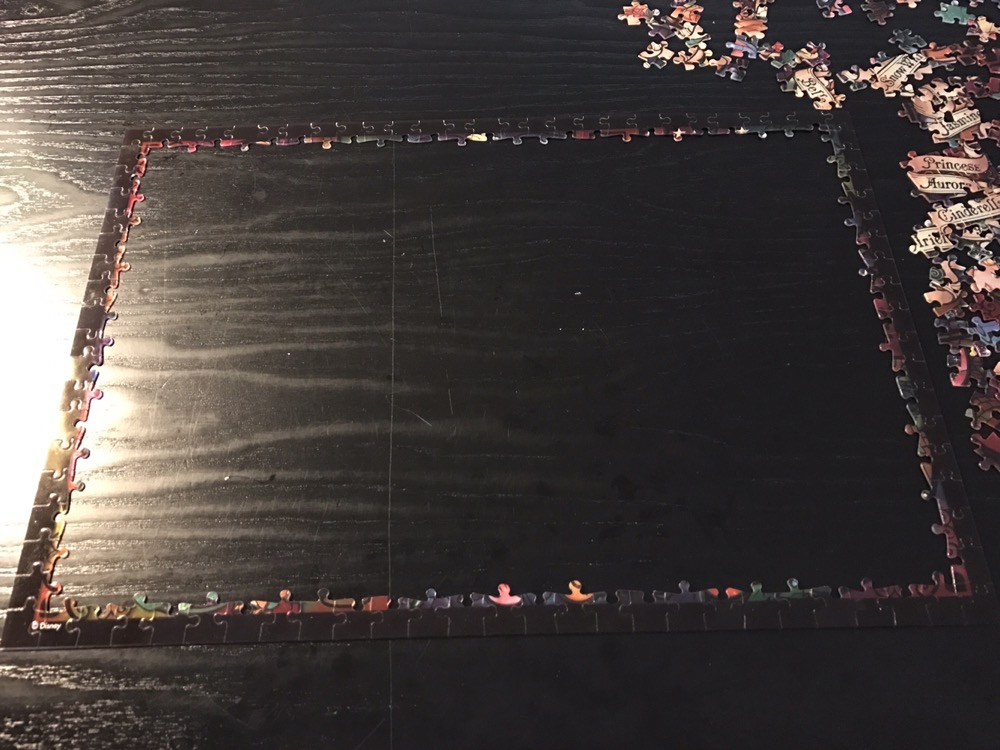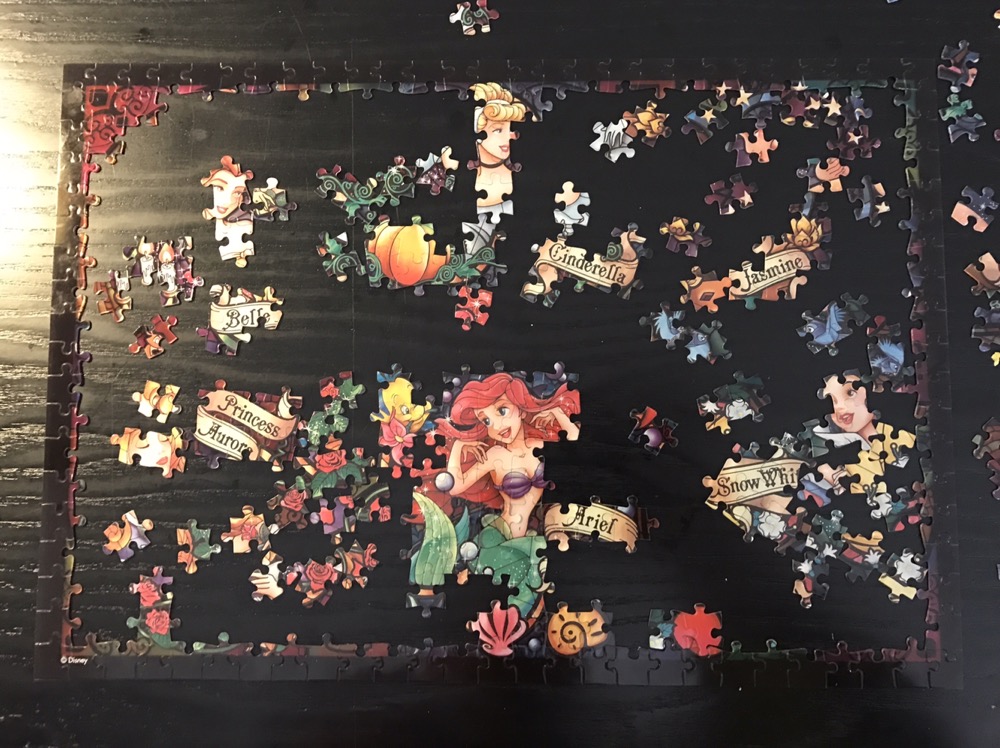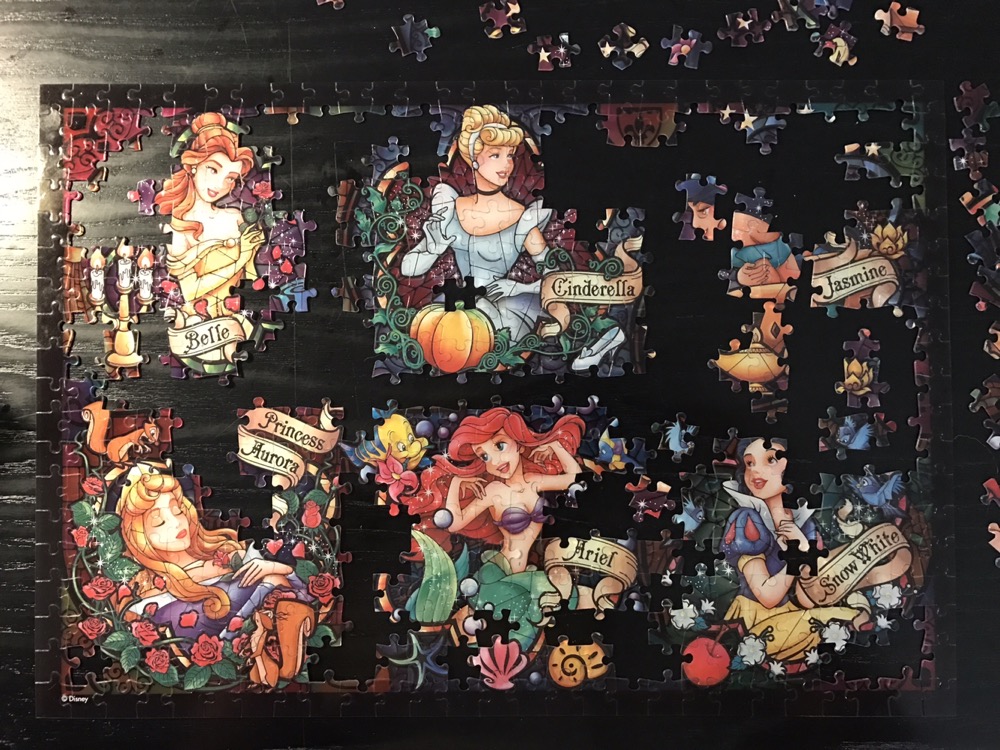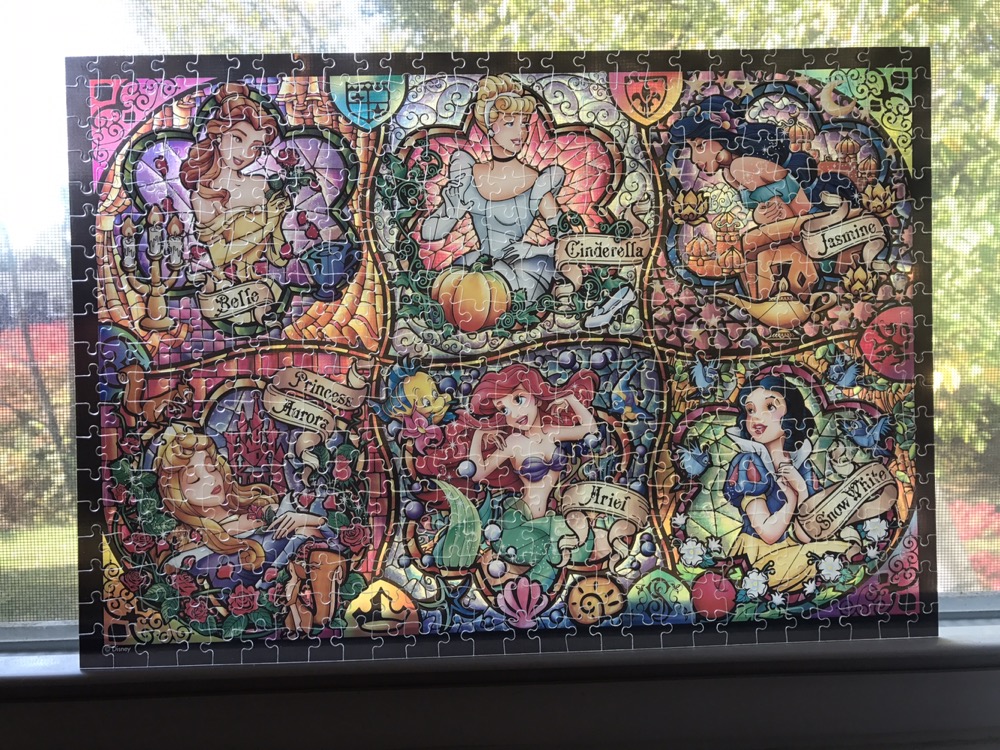I bought this last time I was in NYC:

KLS and I both enjoy Picross puzzles, and even without opening it I knew I’d be buying it. Here’s what the cover says:

Summer 2022 Anime Feature?!? Fun, beautiful and easy to draw? Dream co-star feature?!? Sheep with presents??!?
This was my sort of book!

Picross is the puzzle where you fill in squares in a grid to make a picture according to the numbers along the edges of the rows and columns. If it says 4 that means 4 connected squares. 4 2 would mean an unconnected blocks of 4 and 2 along that line (or column). It’s fun 🙂

The book is loaded with puzzles – over a hundred – and they get difficult almost immediately. The above photo are all the ‘easy’ ones they have, and after these you dive right into this sort of madness:

The difficulty difference between the eggplant and whatever the above is is tremendous, and it would take a great deal of time to solve.
But this book has incentives for beating the puzzles! When you finish one you can answer the question next to it (which seems to usually be ‘identify this character’) and submit your answer to win a prize, some of which are very nice:

As befits an anime themed puzzle book, many of the prizes are for anime/game fans as well. Alas the submission for entry was September 19 (yesterday!) so it seems I’ll miss out.
If you’re some sort of Picross god and have no trouble with that 45 x 50 shown above, this book has you covered, since it even has several large fold-out puzzles including this lunacy:

That’s 60 x 200, or 120 times larger than the goat I did above. This would be a monumental achievement to complete. I wonder how long it will take me?
And if you’re just masochistic, the book even includes some (harder) colored picrosses, including this fold-out one:

Yes, it is as difficult as it looks.
Oh and if you’re wondering what these look like when finished, the book also includes the full solutions to the previous issue, which it seems was anime-themed as well:

Since I’ve done the easy 10 x 10 puzzles I’m moving on to a bigger challenge: a 45 x 50 one featuring characters from the Bastard!!! anime:

I’ll follow up if I ever manage to complete it 🙂

